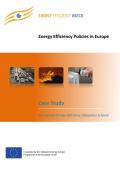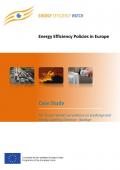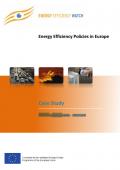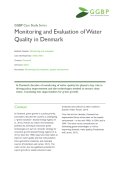

The Danish Energy Efficiency Obligation (EEO) represents one of the most important elements of the Danish energy efficiency policy package. The overall aim of the EEO is the promotion of cost-effective energy savings in all end-user sectors of the Danish economy. It has been started in 2006, currently runs from 2012 to...

Nordsyn surveillance cooperation for green products intends to improve the efficiency of market surveillance of Ecodesign and energy labelling. Nordsyn ensures a fair and level playing field for the industry and protects consumers from inefficient products and misleading information. Nordsyn has started in 2013 for an initial two years period. After...

The overall target of the Danish government is to reduce total greenhouse gas emissions in Denmark by 40% by 2020 compared to 1990. Furthermore, Denmark aims to have an energy and transport system based on 100% renewable energy sources by 2050. Denmark has also introduced ambitious targets for new buildings. These...

In Denmark decades of monitoring of water quality has played a key role in driving policy improvement and the technologies needed to ensure clean water, translating into opportunities for green growth.
This case study concentrates on the island of Lolland in the Region Zealand in Denmark, home to 46,000 people. It used to be a manufacturing and agricultural powerhouse due to its shipbuilding industry and intensive sugar beet production, supported by Common Agricultural Policy (CAP) subsidies. During the 1990s and 2000s...
